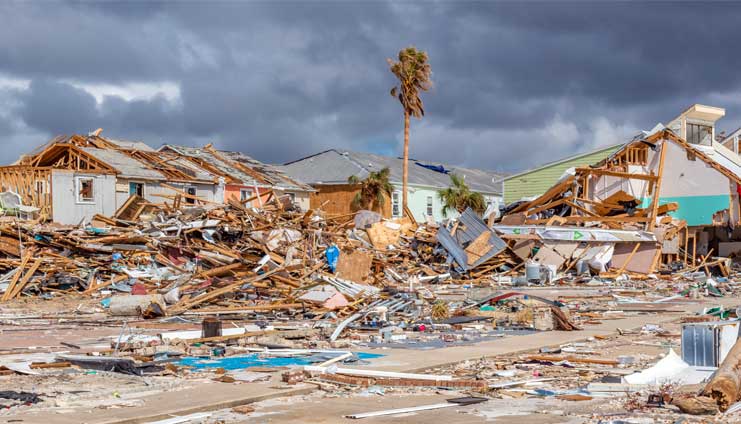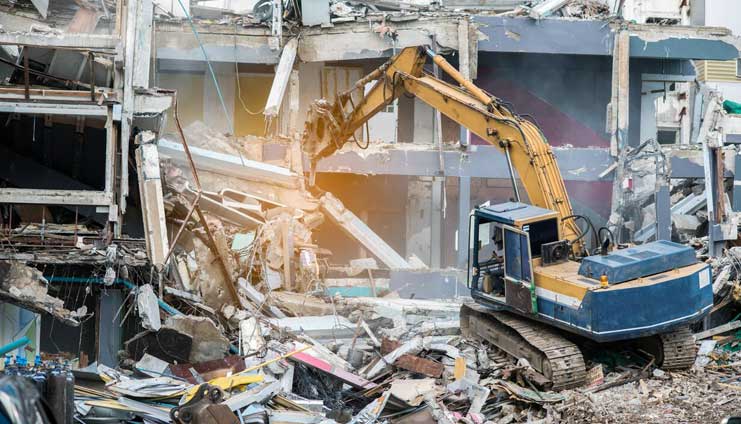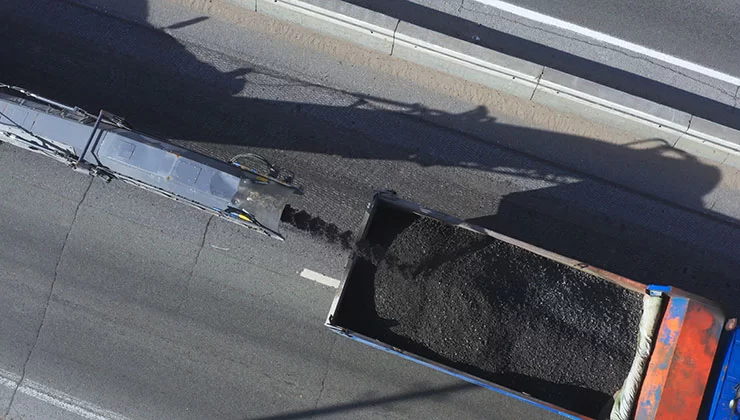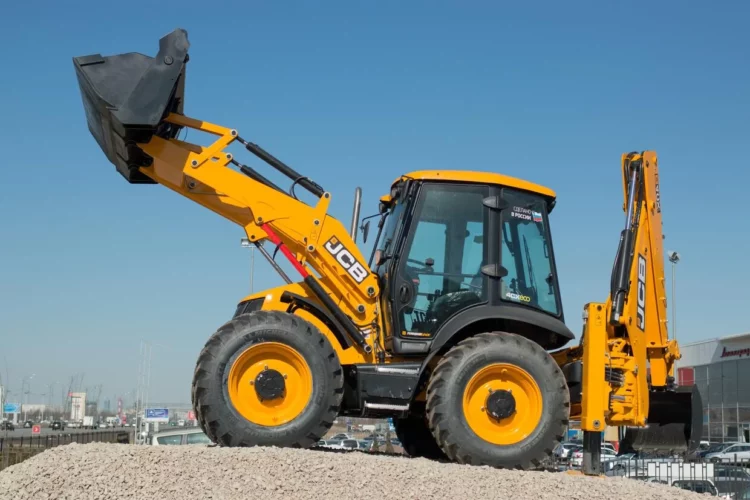Natural disasters are becoming a more common occurrence throughout the United States and across the world. Nationally, drier summers are leading to more wildfires on the West Coast, and climate change is bringing increasingly harsher hurricanes and winter storms to the East Coast. Each disaster brings with it destruction, despair, and often death, which has prompted the World Meteorological Organization to unveil a five-year program to develop an early warning system.
While early warning systems are a necessity for public safety, resources must also be in place to help restore normalcy in the aftermath of one of these events. Fortunately, commercial rental equipment is available for virtually any common disaster recovery scenario. Here, we share the common scenarios involved in disaster recovery and what equipment is best suited for each.
Limited Visibility
Lighting is often an issue during disaster recovery. Not only will people be working around the clock, but electricity may also be unavailable. These circumstances make generators and lights a necessity for all stages of the recovery process.
Recommended Equipment:
-
Generator: available in 5 kW to 50 kW sizes, depending on the power needed at the worksite. The rental comes with an attached trailer for towing it safely to your desired location. Generators may be used to power lights, electrical equipment, water purification systems, etc.
-
Light Tower: ideal for overnight worksites or locations with other types of low visibility. Lights increase safety for crew members and allow for more accurate work in low light situations.
Recovery and Resource Delivery
Getting resources to affected areas can be challenging, so aerial work platforms can be essential resources for material handling when overcoming the obstacles caused by natural disasters. In less difficult terrain, warehouse forklifts can bring in food, supplies, and other resources to affected areas.
Recommended Equipment:
-
Boom Lift: ideal for getting workers up high when scaffolding is either unavailable or cannot be built in a specific location. Deep tread tires allow for access and maneuverability in difficult terrain.
-
Scissor Lift: ideal for getting personnel, tools, and materials to work areas that are between 20-50 feet above ground. The crisscrossing braces provide stability for people and materials even when terrain is sloped.
-
Warehouse Forklift: ideal for moving palletized loads of food, supplies, tools, or other equipment into the work zone or neighboring community. Best used in less treacherous terrain.
Wreckage Removal
Earthmoving equipment is most valuable at this stage because large debris, including fallen trees, rocks, housing materials, and damaged vehicles, must be removed before cleanup can occur.
Recommended Equipment
-
Excavator or Mini Excavator: ideal for excavation, demolition, heavy lifting, grading, landscaping, mining, dredging, and digging. It can be used to remove embedded debris from dirt, mud, soil, or gravel.
-
Bulldozer: ideal for crushing and removing boulders, conducting rough and fine grading, and moving enormous amounts of dirt and soil at the disaster site. It’s durable metal tracks allow it to be used on rough terrain.
Clean Up
Forklifts and powered industrial trucks are best for this stage because they use cutting-edge technology to lift and transport objects over short distances, as well as move large materials. Then earthmoving equipment is used for compaction to remove air pockets and regain stability before rebuilding.

Recommended Equipment
-
Telehandler Reach Forklift: ideal for material placement in tight spaces and on the most difficult terrain. A telescopic boom device provides extended reach. Use to move debris out of the work zone or to bring in needed supplies.
-
Compactor Machine: ideal for compacting cleared, excavated land by applying downward pressure on the dirt, soil, or gravel to compress it. Unwanted debris is further compressed into the ground to create usable roads for crucial rescue and rebuilding equipment.
Rebuilding
Earthmoving equipment is helpful at this stage for lifting and carrying materials, as well as digging trenches for new foundations, plumbing, wiring, etc.
Recommended
-
Backhoe Loader: ideal for excavation work, such as digging trenches, placing pipes, filling up trenches, and lifting materials.
Natural disasters can disrupt the lives of community members for weeks, months, and even years. Using the right equipment at the right time can shorten this timeframe so that residents and businesses can get back to normal as quickly as possible. This guide can help disaster response teams and organizations to select the equipment they need to get the recovery process started quickly.



